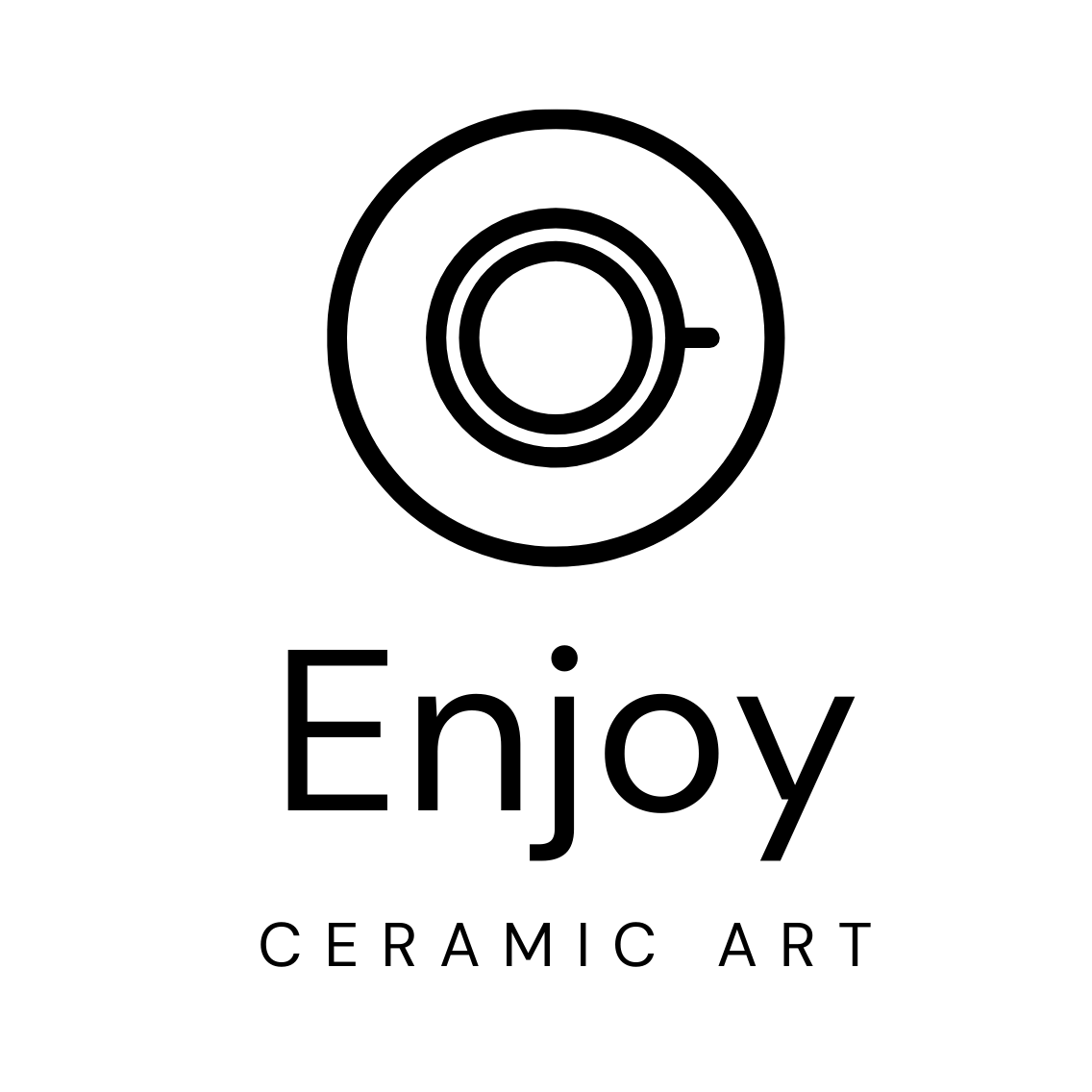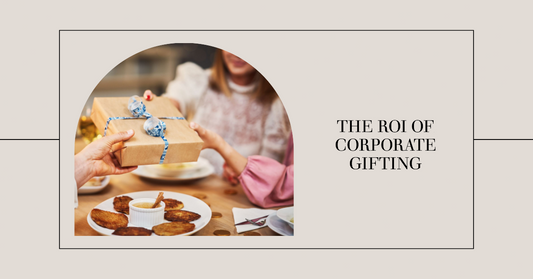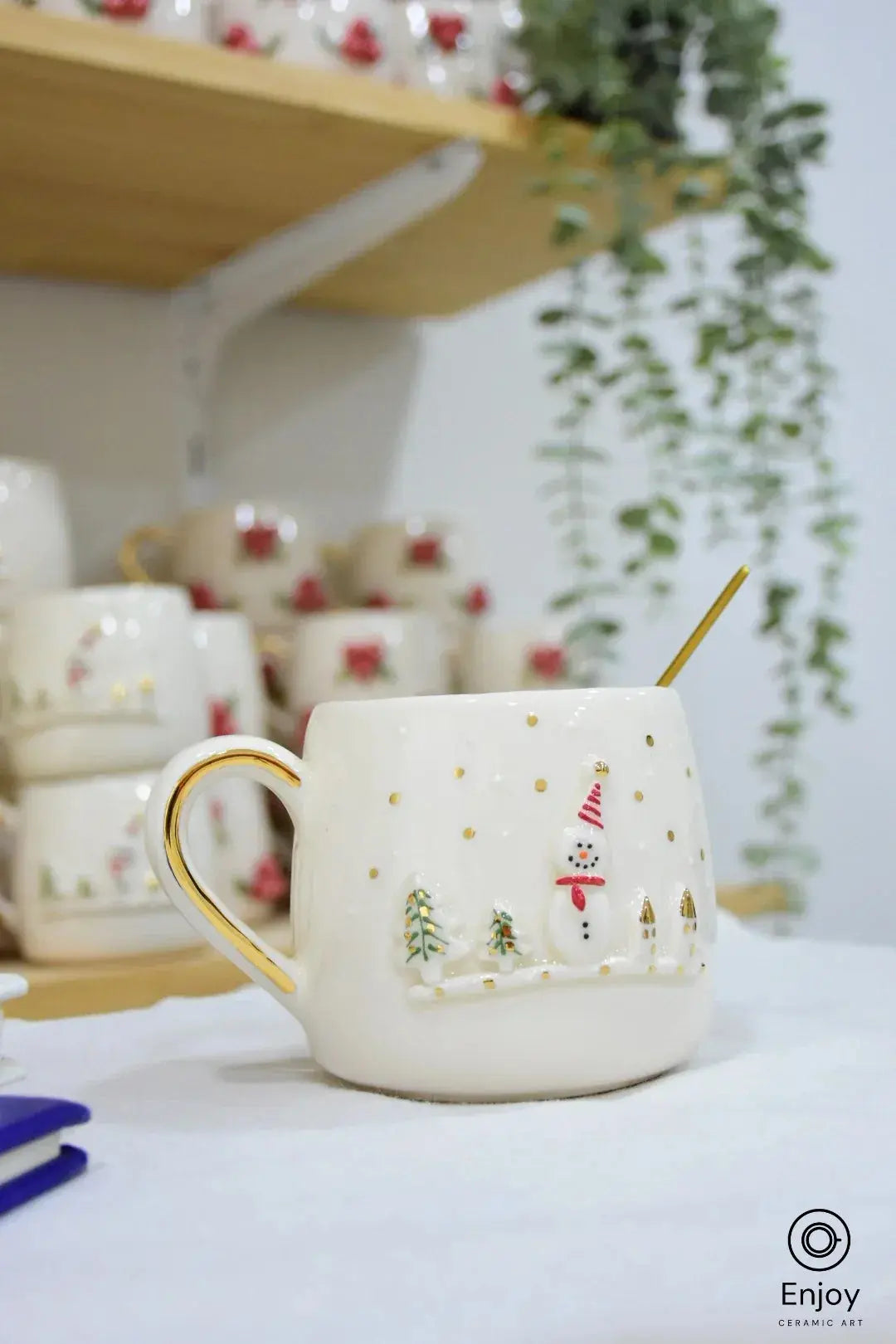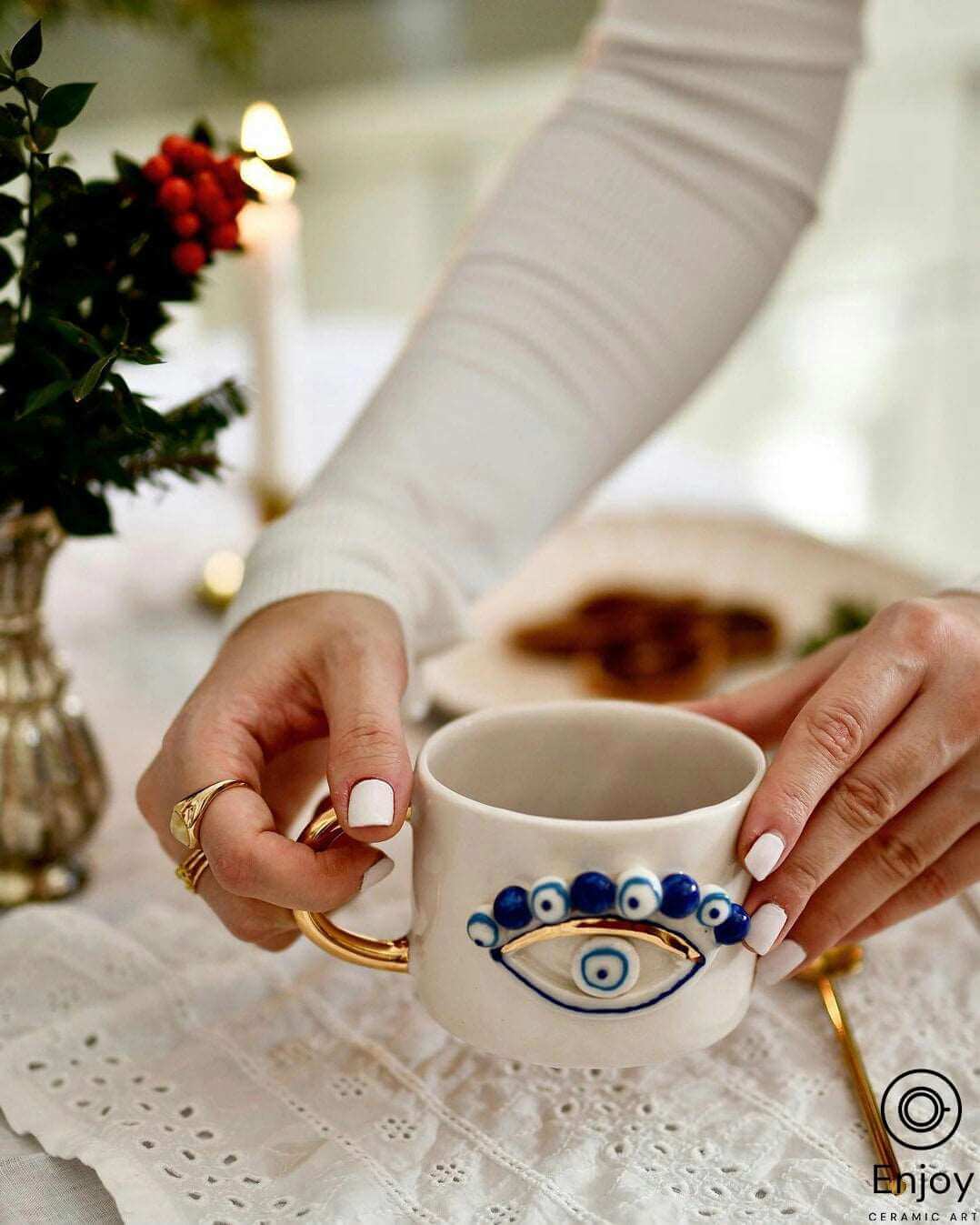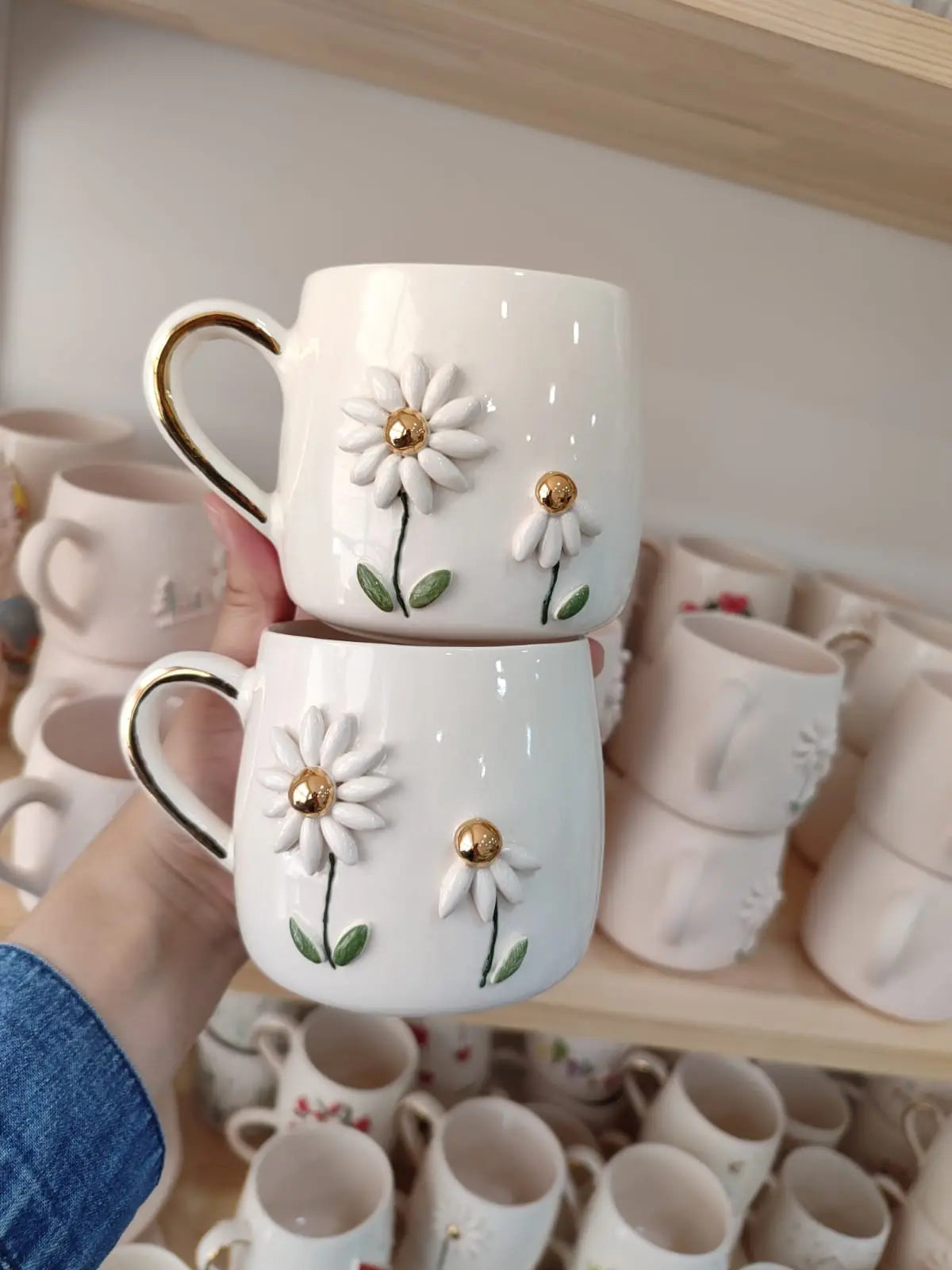From the ancient Eye of Horus to modern fashion icon Gigi Hadid, the symbol of the eye has captivated the human imagination for millennia. The 'evil eye', a charm recognized worldwide, is believed to ward off malevolent forces. Its striking cobalt-blue image has graced everything from Istanbul bazaars to comic books, airplane sides, and even the fashion world.
The Evil Eye and Its Amulet: A Crucial Distinction
The term 'evil eye' is often used interchangeably to refer to two distinct concepts: the curse itself and the amulet designed to ward off this curse. The curse of the 'evil eye' is believed to be transmitted through a malicious glare, usually inspired by envy. The amulet, often referred to as a 'nazar', has existed in various forms for thousands of years, but the curse it repels is far older and more elusive. The nazar is a talisman, a physical embodiment of a protective spell designed to deflect the harmful energies of the evil eye.
The Curse of the Evil Eye: A Universal Belief

The curse of the evil eye is a simple yet powerful concept: it is the belief that the envy of others can manifest as a curse that undoes one's good fortune. This belief spans cultures and generations, with legends of the evil eye in virtually every culture from the ancient Greeks to Irish folktales. Despite its potentially pagan connotations, the symbol of the eye even finds a place within religious texts, including the Bible and the Quran, demonstrating its deep-rooted presence in human consciousness.
The Science and Superstition of the Evil Eye
The belief in the evil eye has transcended mere superstition, with several celebrated thinkers attesting to its veracity. Greek philosopher Plutarch suggested a scientific explanation: that the human eye had the power to release invisible rays of energy that were in some cases potent enough to kill children or small animals. This theory, while not scientifically proven, illustrates the deep-seated fear and respect for the power of the evil eye.
The Evolution of the Eye Amulet
Given the widespread belief in the power of a malevolent stare, it's no surprise that ancient civilizations sought out a means to repel it, leading to the earliest iterations of the nazar amulet. The earliest version of eye amulets dates back to 3,300 BC, found in Tell Brak, one of the oldest cities of Mesopotamia – modern-day Syria. These early amulets were abstract alabaster idols incised with eyes, a far cry from the blue glass amulets we know today.
The Modern Interpretation of the Evil Eye

What's most fascinating about the evil eye is its enduring usage and relevance. Today, we still affix the evil eye to the sides of our planes, much like the Egyptians and Etruscans painted the eye on the prows of their ships to ensure safe passage. It's still a tradition in Turkey to bring an evil eye token to newborn babies, echoing the belief that young children are often the most susceptible to the curse. However, as the eye symbol evolves with modern mediums, there are concerns that its meaning and history may eventually be forgotten, or worse, misappropriated without understanding its cultural significance.
The Evil Eye: More Than Just a Trinket
The evil eye is a remnant from the very dawn of civilization, harking back to some of humanity's most enduring and profound beliefs. To wear an amulet without understanding its history and meaning might not only render its protective abilities useless but could potentially incur an even more potent curse – if that's something you believe in, of course. As the symbol continues to be used in modern fashion and design, it's important to remember its rich history and cultural significance. The evil eye is more than just a trinket or fashion statement; it's a symbol of protection, a testament to the power of belief, and a window into our shared human history.
Enjoy Ceramic Art: A Blend of Tradition and Craftsmanship

At Enjoy Ceramic Art, we believe in the power of art to tell stories, evoke emotions, and bring people together. As a ceramic studio specializing in handmade coffee mugs and espresso cups, we combine traditional craftsmanship with contemporary design to create unique pieces that are both functional and beautiful.
The Evil Eye Collection: A Symbol of Protection in Your Hands
Our Evil Eye Collection is a testament to our commitment to preserving cultural heritage while adding a touch of modern elegance. Each coffee mug and espresso cup in this collection features the iconic evil eye symbol, meticulously hand-painted in cobalt blue.
Coffee Mugs with a Story
Our evil eye coffee mugs are more than just vessels for your favorite brew. They are a conversation starter, a symbol of protection to start your day, and a piece of art that adds character to your kitchen. Each mug is carefully crafted to ensure not only aesthetic appeal but also durability and comfort.
Espresso Cups: A Dash of Culture in Every Sip
Our evil eye espresso cups bring a dash of culture to your daily coffee ritual. Small but rich in symbolism, these cups serve as a reminder of the enduring power of ancient beliefs. They are designed to fit perfectly in your hand, enhancing the sensory experience of your favorite espresso.
Handmade with Love and Respect for Tradition
At Enjoy Ceramic Art, every piece is handmade with love and respect for tradition. Our Evil Eye Collection is a tribute to the rich cultural history of the evil eye symbol, reimagined for the modern coffee lover. We invite you to enjoy your coffee or espresso with our unique ceramic art pieces and experience the blend of culture, tradition, and artistry in every sip.
